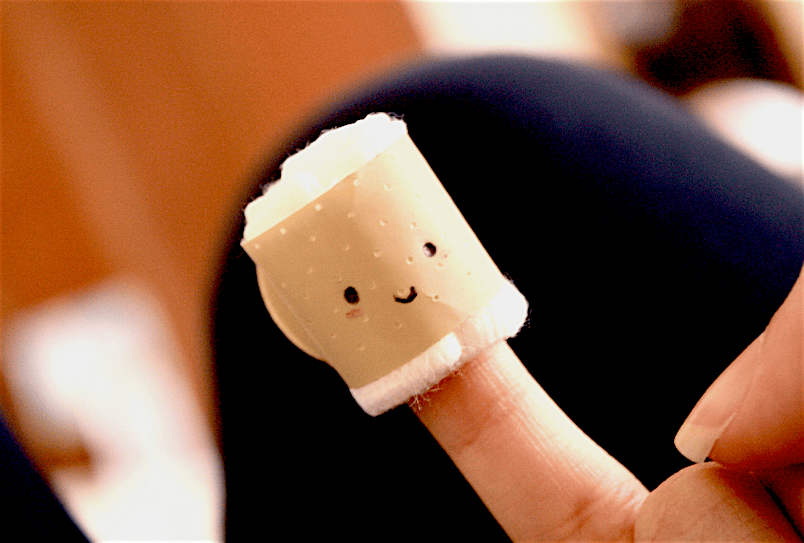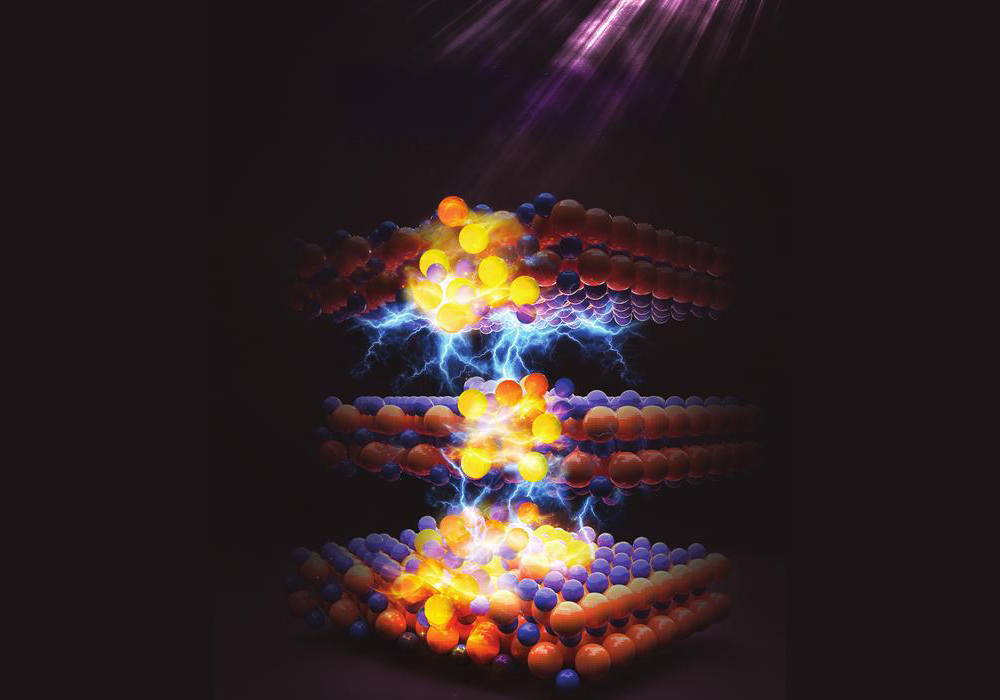
[Image above] Credit: Chu; Flickr CC BY-NC-ND 2.0
Bendable, durable, efficient… it’s what we as consumers now expect from our electronic devices.
Gone are the days of accepted notions that tech needs to be rigid, fragile, and kept far from even the slightest drop of moisture. And researchers continue to innovate electronic devices that meet the expectations of an evolving customer base.
Researchers at Queen’s University in Ontario, Canada, released their prototype for a flexible smartphone earlier this year. Called ReFlex, the prototype consists of a high-res flexible OLED display that bends sensors and haptic feedback motors mounted to its back. An Android 4.4 board secured to the non-flexible part of the device provides power.
And some researchers are really ‘stretching’ their inspiration. At the end of last year, we reported on a new stretchable, wearable sensor made from something you find stuck to the bottom of your shoe on an unlucky day—chewing gum.
Last month, researchers from Columbia University’s School of Engineering and Applied Science developed a new flat, thin camera that is so flexible it can be wrapped around objects to capture images that can’t be taken with conventional cameras—even with multiple camera setups.
But what if I need more than flexibility and standard durability? What if someday I want to be able to haphazardly damage my future electronic device du jour without facing the inconvenient need for immediate product replacement?
Maybe what I’m looking for are flexible and self-healing electronics…
If, like me, you need your electronic devices to better stand up to wear-and-tear without losing functionality, then we’re in luck—a solution might be on the horizon. At least when it comes to wearable tech.
An international team of researchers has created a new electronic material that can heal all its functions automatically even after breaking multiple times.
“Wearable and bendable electronics are subject to mechanical deformation over time, which could destroy or break them,” Qing Wang, professor of materials science and engineering at Pennsylvania State University and a lead researcher working on this new material, says in a news release about the work. “We wanted to find an electronic material that would repair itself to restore all of its functionality, and do so after multiple breaks.”
Self-healing materials can naturally repair themselves with little to no external influence after withstanding physical deformations, such as being sliced in half, the release explains.

Penn State researchers have developed a flexible electronic material that self-heals to restore function, even after multiple breaks. Credit: Qing Wang; Penn State
Researchers have successfully created self-healing materials capable of restoring one function post-trauma—but restoring multiple functions after significant damage is critical when it comes to creating effective wearable electronics, according to the team. “For example, if a dielectric material retains its electrical resistivity after self-healing but not its thermal conductivity, that could put electronics at risk of overheating,” the release explains.
The material that Wang and his team created restores all properties needed for use as a dielectric in wearable electronics—mechanical strength, breakdown strength to protect against surges, electrical resistivity, thermal conductivity, and insulating properties.
Check out this video from Penn State that demos the material’s self-healing ability.

Credit: Penn State Research Communications; YouTube
According to Wang, most self-healable materials are soft, almost “gum-like.” The material his team developed instead uses boron nitride nanosheets in a plastic polymer base. Boron nitride nanosheets are 2-D, like graphene (another promising electronic material)—but unlike graphene’s conductivity, boron nitride resists and insulates against electricity.
“Most research into self-healable electronic materials has focused on electrical conductivity, but dielectrics have been overlooked,” Wang adds. “We need conducting elements in circuits but we also need insulation and protection for microelectronics.”
So what gives this material the ability to self-heal?
Boron nitride nanosheets connect to one another with hydrogen bonding groups functionalized onto their surface, the release explains. When two pieces are placed near each other, the electrostatic attraction that occurs naturally between both bonding elements draws them together. Once the hydrogen bond is restored, the two pieces are “healed.”
And boron nitride nanosheets are resistant to moisture, meaning future devices that use this material can operate effectively within wet or humid environments—another property that gives this wide-ranging potential.
“This is the first time that a self-healable material has been created that can restore multiple properties over multiple breaks, and we see this being useful across many applications,” Wang says.
The research, published in Advanced Functional Materials, is “Self-healable polymer nanocomposites capable of simultaneously recovering multiple functionalities” (DOI: 10.1002/adfm.201505305).
Author
Stephanie Liverani
CTT Categories
- Electronics
- Material Innovations

